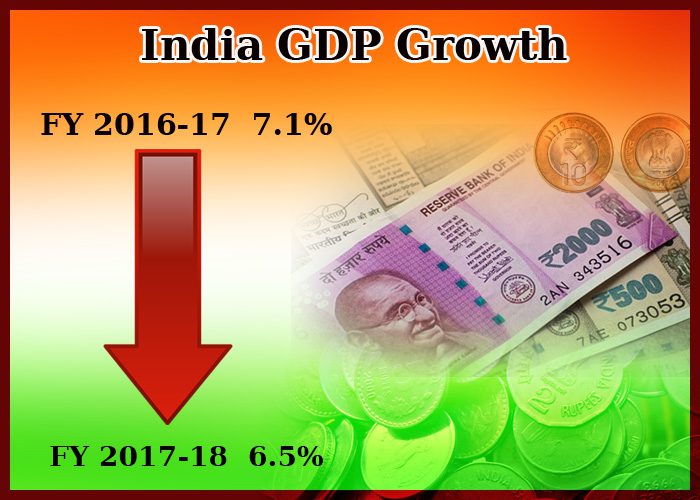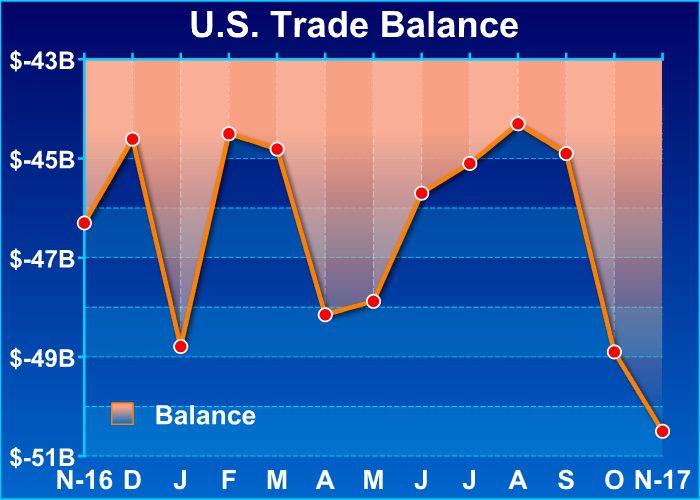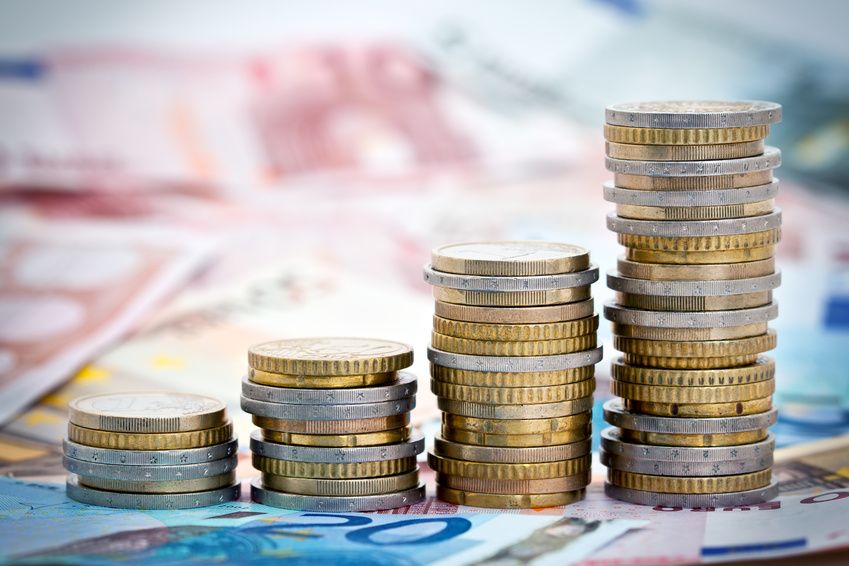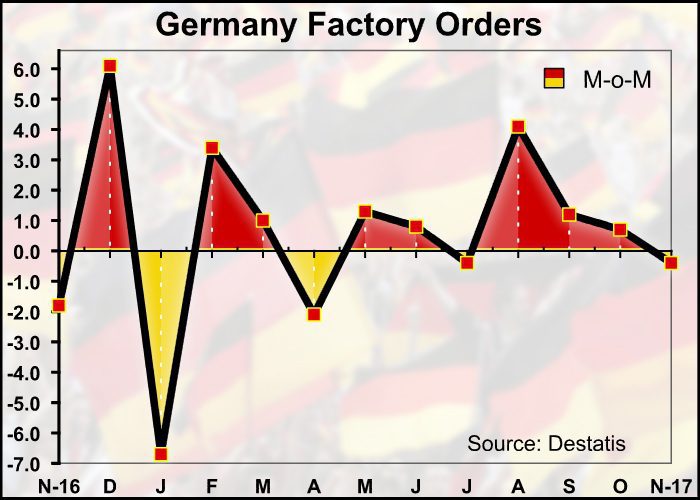India's economic growth is set to slow sharply in the current fiscal year ending March 31, despite a bounce back in the latter half of the year that saw the economy reel under the sustained impact of demonetization and the introduction of the Goods and Sales Tax.
Gross domestic product is set to grow 6.5 percent in the fiscal year 2018 after a 7.1 percent expansion in the previous financial year, preliminary estimates from the Central Statistics Office showed Friday.
The projection for slower growth comes less than a month ahead of the presentation of the government's latest budget. Finance Minister Arun Jaitley, who had earlier predicted growth above 7 percent, will present the budget on February 1.
Gross value added, which is tracked by the central bank, is expected to growth 6.1 percent in the current fiscal year versus 6.6 percent in fiscal 2016-17.
Manufacturing growth is expected slow sharply to 4.6 percent from 7.9 percent. Farm sector growth is expected to ease to 2.1 percent from 4.9 percent.
In contrast, mining and quarrying sector expansion is expected to rise to 2.9 percent from 1.8 percent. Utility sector output growth is forecast to increase to 7.5 percent from 7.2 percent. Construction growth is also seen improving to 3.6 percent from 1.7 percent.
Trade and hospitality sector is expected to clock 8.7 percent growth versus 7.8 percent in the previous year. Financial services growth is forecast to rise to 7.3 percent from 5.7 percent.
India's economic growth regained momentum in the three months to September as the dust settled after the roll out of the government ambitious GST that led to the slowest expansion in three years in the previous quarter.
The pace of growth increased to 6.3 percent from 5.7 percent in the June quarter.
The economy's growth will become more robust in 2018-19, Rajiv Kumar, who is the vice chairman of the government's policy think tank NITI Aayog said.
The official pointed out the robustness in manufacturing with the latest Purchasing Managers' Index score hitting a five year high. Further, he noted that consumer goods demand was picking up briskly.
Kumar also said that the estimates assume significance in the wake of the fact that the higher second half growth has come despite a weaning of public sector expenditures which had peaked in 2016-17 on account of the implementation of the recommendations of the Seventh Pay Commission.
In November, Moody's Investors Service raised the sovereign ratings of India for the first time since 2004, citing economic and institutional reforms.
However, Standard & Poor's maintained the country's sovereign ratings at the lowest investment grade with a 'stable' outlook. Sizable fiscal deficits, a high general government debt burden and low per capita income detract from the sovereign credit profile, the agency said. The agency last raised the ratings on India to 'BBB-' in January 2007.
The Reserve Bank of India kept interest rates unchanged in December as inflation moved closer to 4 percent.
by RTT Staff Writer
For comments and feedback: editorial@rttnews.com
Business News



